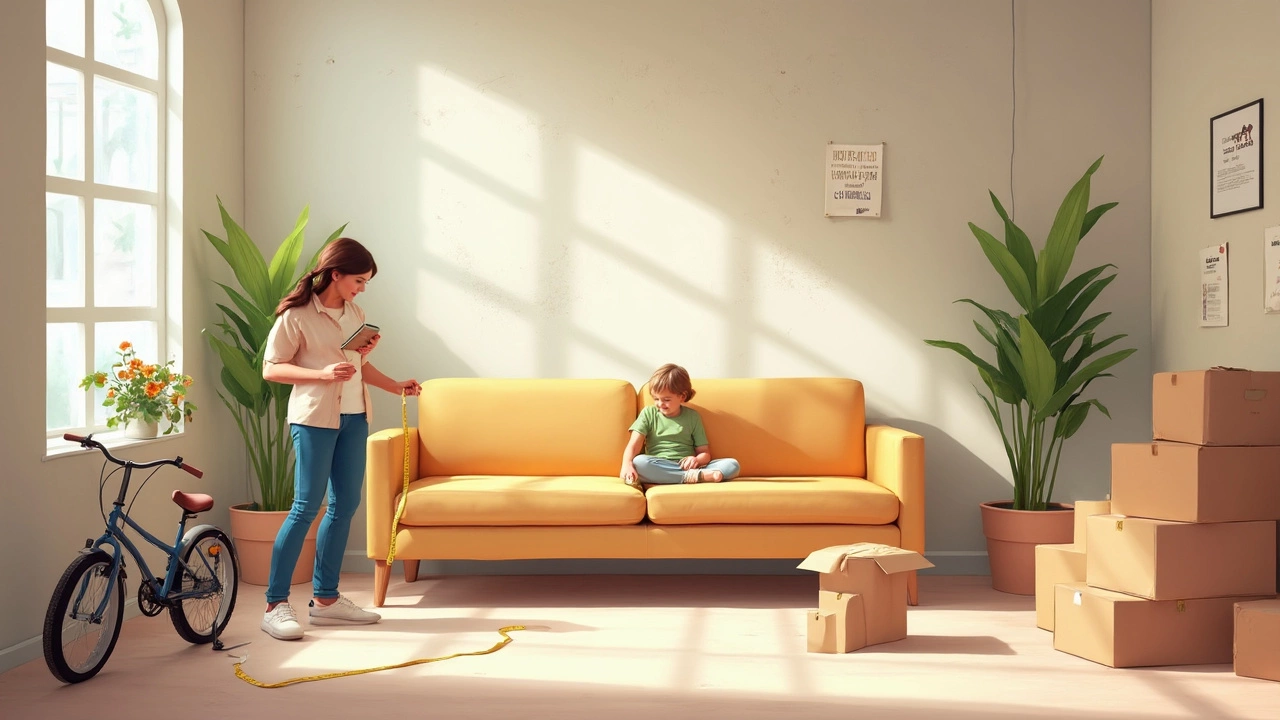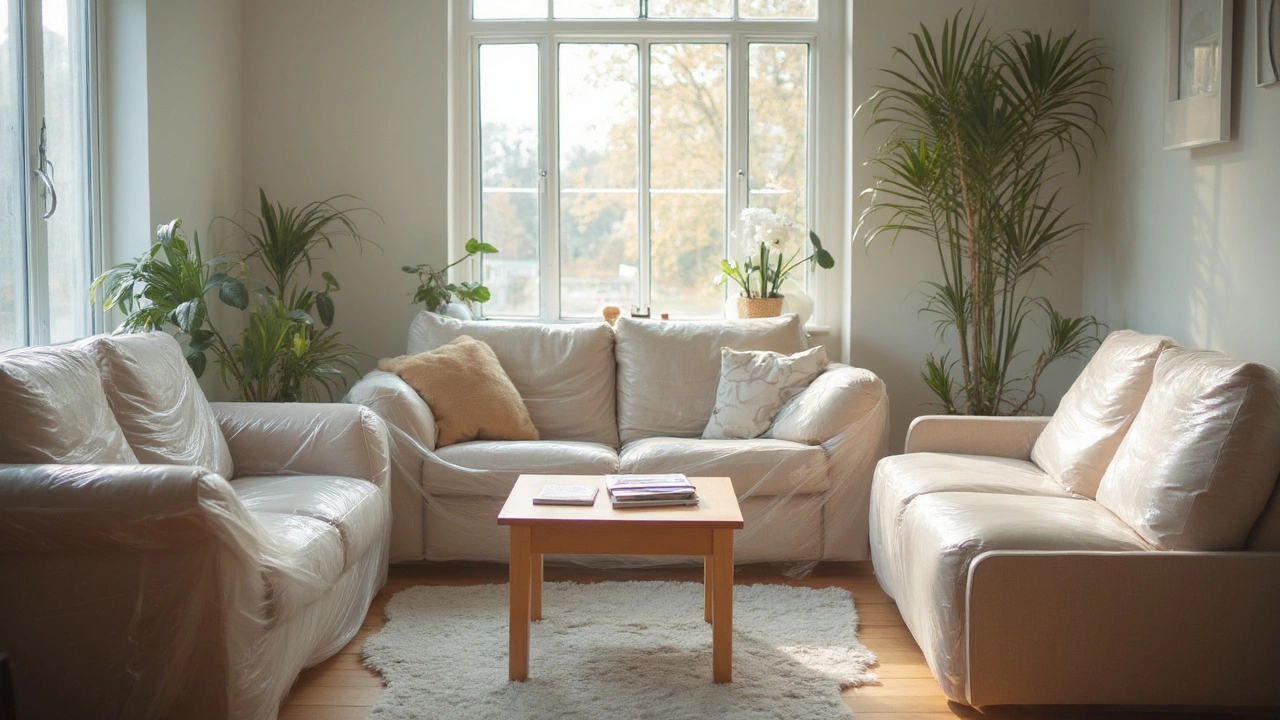Moving Tips: Pack, Transport, and Set Up Furniture Without a Hitch
Moving is stressful, but the right tips can turn it into a smooth ride. Start by deciding what really needs to go. Keep only pieces you love or use often, and give away anything that’s just taking up space. A smaller load means fewer trips, less weight, and cheaper transport.
Next, gather your supplies before you lift a single box. Sturdy cardboard boxes, bubble wrap, packing paper, and moving blankets are a must. Tape, marker pens, and a pair of scissors round out the kit. Having everything on hand prevents last‑minute runs to the hardware store and keeps you focused on the job.
Pack Like a Pro
When it comes to packing, treat every item as if it’s fragile – even a solid wood chair can crack under a sudden jolt. Wrap each piece in a moving blanket and secure it with tape or rope. For glass tables or delicate décor, add a layer of bubble wrap inside the blanket for extra protection.
Disassemble large items whenever possible. Remove legs from tables, take apart bed frames, and unscrew shelf brackets. Keep all screws, bolts, and small parts in a zip‑lock bag labeled with the furniture name. This makes re‑assembly a breeze once you’re in the new place.Load the heaviest items first – think sofas, wardrobes, and dressers – and place them against the back wall of the moving truck. Fill gaps with smaller boxes or cushions to prevent shifting. Keep the center of the truck balanced; a lopsided load can cause the vehicle to sway and damage your belongings.
Label every box with its destination room and a brief description of its contents. A simple “Living Room – books” note saves time when you start unloading. It also helps friends or movers know which boxes to carry where, reducing the chance of a couch ending up in the bedroom.
Move and Unpack Smoothly
Transport safety matters just as much as packing. Drive slowly on rough roads, avoid sudden stops, and use straps to secure the load. If you’re hiring a moving company, ask them to double‑check that the truck is properly tied down before they hit the road.
When you arrive, start by positioning the biggest pieces where they belong. Place the sofa against the wall first, then line up the coffee table, TV stand, and other large items. Working from the largest to the smallest keeps the space organized and prevents you from having to move heavy furniture around later.
Unwrap each item as you set it down. Check for any damage that might have happened during the move and address it right away – a loose leg can be fixed before it becomes a safety issue. Finally, take a moment to walk through the room, adjust the layout, and make sure everything feels right.Follow these tips and you’ll cut down on stress, protect your belongings, and settle into your new home faster. Moving isn’t fun, but with a solid plan and the right tricks, it doesn’t have to be a nightmare either.
Should You Wrap a Couch for Storage?
Storing a couch isn’t as simple as shoving it in a garage. Wrapping your couch can protect it from dust, moisture, pests, and weird smells that stick around. But should everyone bother wrapping? This article breaks down when wrapping makes sense, what wrapping methods work best, and what can go wrong if you skip this step. You’ll get some hands-on tips nobody tells you in the moving guides. Your couch will thank you later.
MoreCan You Fit a Couch in a 10x10 Storage Unit? Smart Storage Tips for Your Furniture
Not sure if your favorite couch will fit in a 10x10 storage unit? This article lays out what you can expect from this storage size, with real-world examples. Find out how to measure your furniture, arrange items efficiently, and avoid common moving mistakes. Plus, grab some simple tips to make your storage experience easier and stress-free. You’ll finish knowing exactly what to do with your couch and the rest of your stuff.
MoreIs Shrink Wrapping Furniture Worth It? Pros, Costs, and What to Expect
Thinking about shrink wrapping your furniture before storing it? This article breaks down what shrink wrapping really does, how it stacks up against other storage options, and what it’ll actually cost you. You’ll find out the types of furniture that benefit most, common mistakes to avoid, and a few tips if you want to try it yourself. By the end, you’ll know if shrink wrapping is actually worth it for your stuff—or if you’re better off with something else. No fluff, just the facts you need.
More


